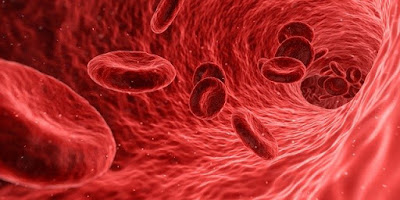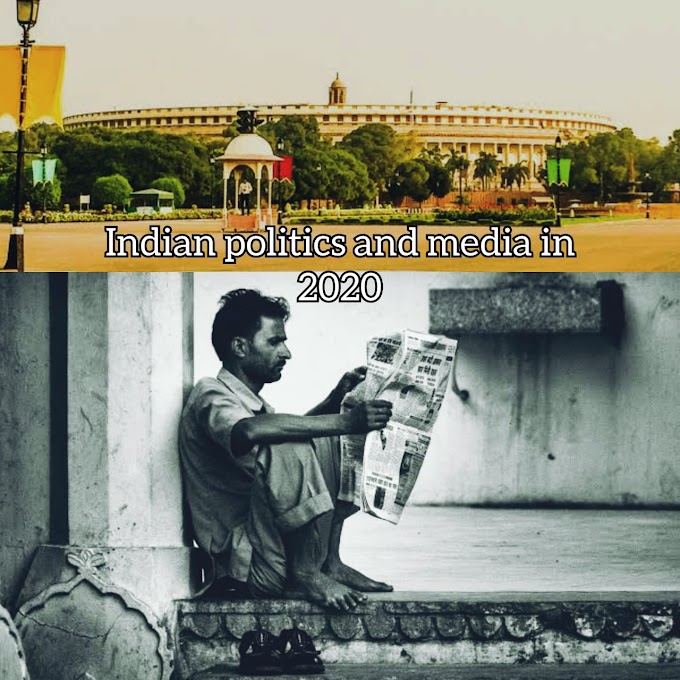That force is called blood pressure, and it rises and falls in stages of the heartbeat. It is most elevated during systole, when the heart enters into contracts to force blood through the arteries. This is your systolic blood pressure. When the heart rests between beats, blood pressure drops to a much lower value, diastolic pressure.
The normal pressure of a living person produces systolic pressure of between 90 and 120 millimeters of mercury, and diastolic pressure between 60 and 80. When put together, the average reading is no less than 120 over 80. Blood clots the body's circulatory system, the circulatory system. In any plumbing system, a number of factors can increase the forceon in piping walls: water structures, excess fluid, or small pipes(blood vessels). So if the blood is thick, high pressure is needed to push it, so the heart will beat faster. Foods high in salt will lead to the same effect. Salt promotes water retention, and excess fluid increases blood volume and blood pressure, as well as pressure, such as fighting flight response, releases hormones, such as epinephrineand and repinephrine that block vital vessels, increasing flow resistance and increasing pressure. Blood vessels can often cause flexibility. The glued fibers attached to its walls make them stronger, but if your blood pressure rises above 140 to 90 degrees, which we call high blood pressure, and stays there, it can cause serious problems. This is because an additional type of artery wall can produce small tears. When damaged tissue swells, inflammatory substances, such as white blood cells, accumulate tears. Fats and cholesterol float in the bloodstream, and, in the end, form a solid mass and grow on the inner wall of the arteries. This condition is called atherosclerosis, and it can have serious consequences. When the crust ruptures, blood clots over the tears, closing the narrowed tube. When the ice is large enough, it can completely block the flow of oxygen and nutrients to the cells down. In vessels that feed the heart, that would cause heart disease, when oxygen-deprived heart cells begin to die. When ice blocks blood flow to the brain, it causes a stroke.
A dangerously blocked blood vessel is enlarged by a procedure called angioplasty. There, doctors threaded a cord through a vessel into an unprotected area, and then placed a narrowed balloon pipe over the fence. When the balloon is inflated, it forces the passage to reopen. Sometimes a stent tube is inserted into a container to hold it open, allowing blood to flow freely to fill the oxygen-hungry cells at the bottom of the river. Staying flexible under pressure is a daunting task. The fluid they breathe is made up of substances that can stick to and seal them, and your normal heart rate is about 70 times a minute, and at least 2.5 billion times during your normal life span. That may sound like an insurmountable pressure, but don’t worry, your blood vessels are ready for this challenge.
Conclusion: Blood pressure is not all simple thing to understand easily, it's directly or indirectly use for diagnosis of verious disease. Normal person think if blood pressure is 120/80 that's it but the things are not fine. Now days bad habit of having high salt and fat diet making so many problems, if I start explaining all these problems then it will be like writing a whole book. So we have to be a responsible man who understands about his health. We have to spread awareness for blood pressure related problems and it's out comes. Blood is a connecting tissue and it supply all kind of nutrients and minerals, it is really important to maintain it. Regular check up and doctor consultation is have to be the first priority.
Thank you guys for reading. Keep following: what maybe you don't know about health and politics












0 Comments